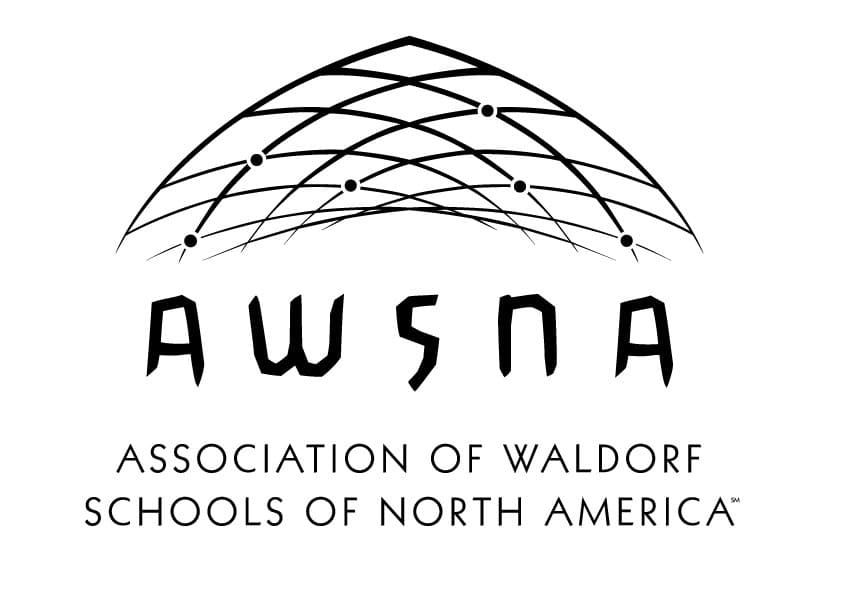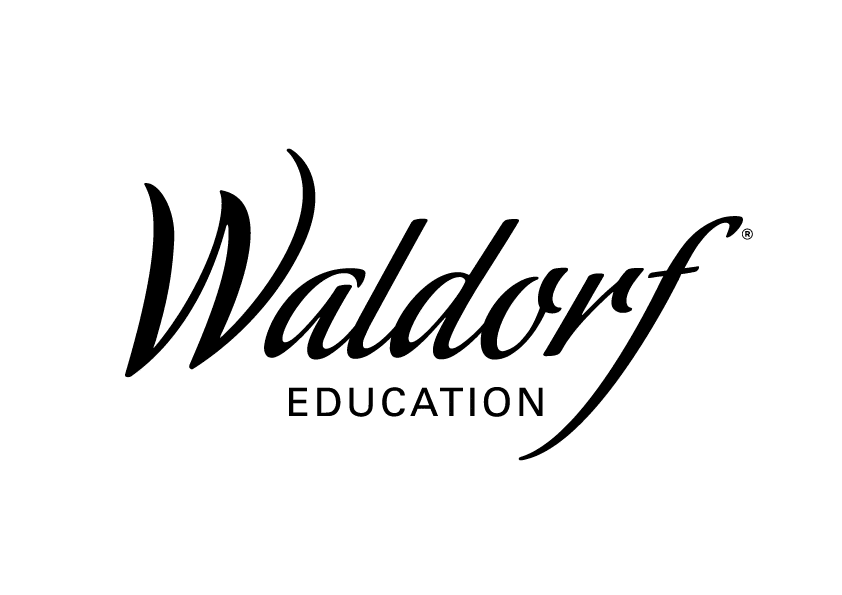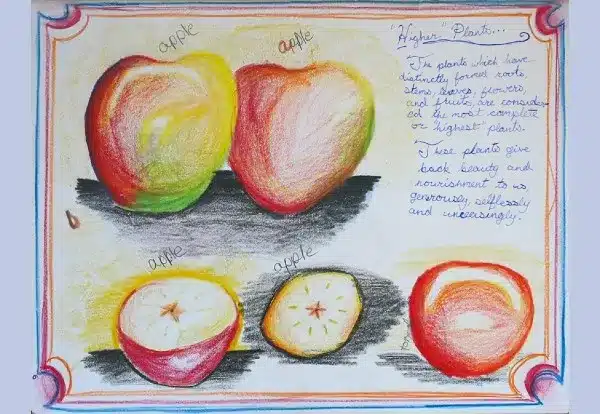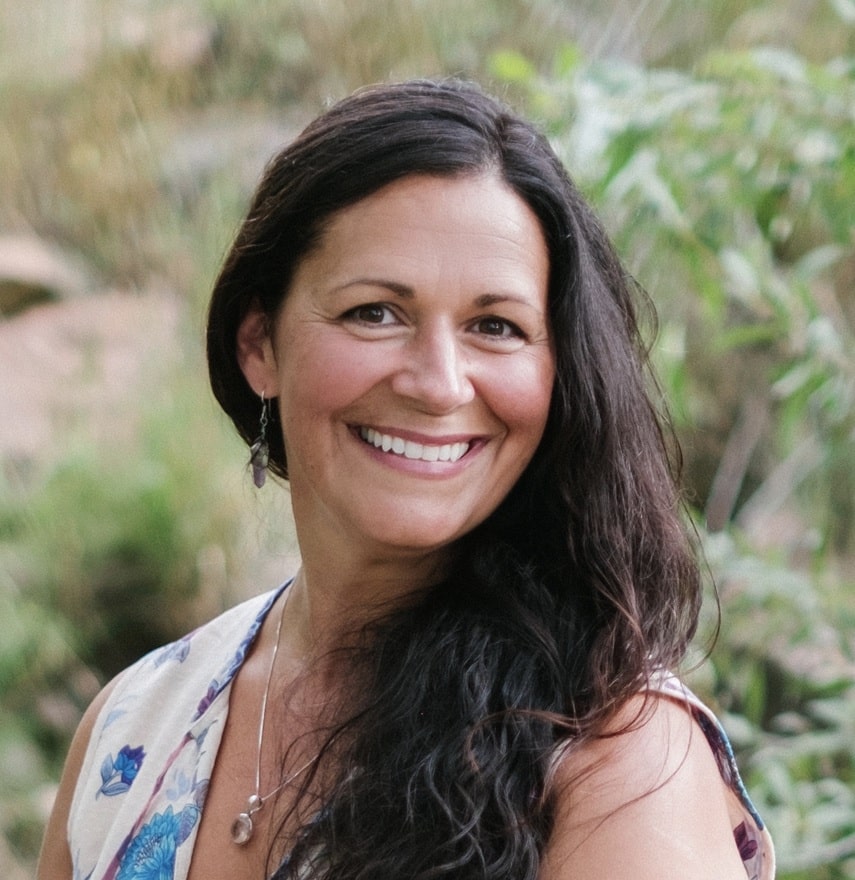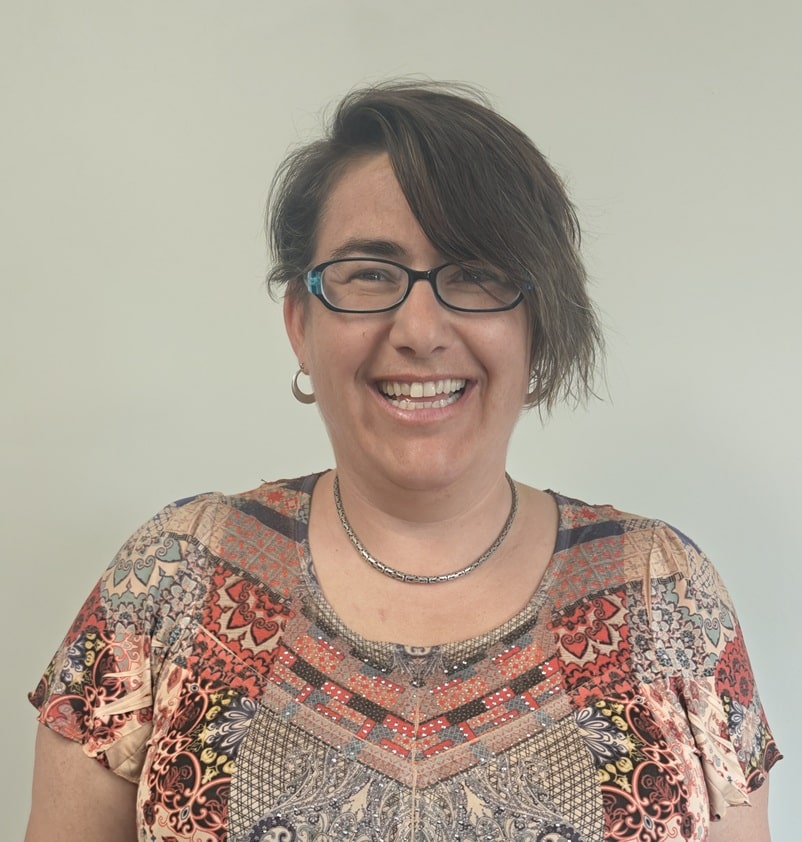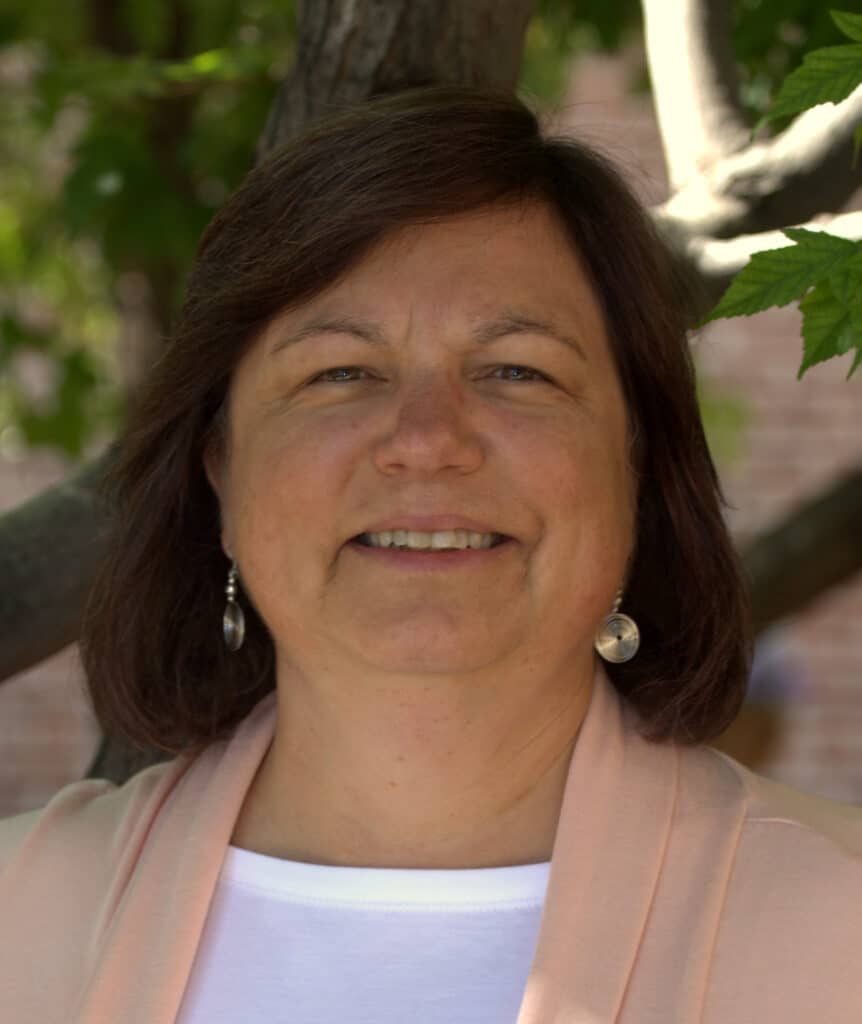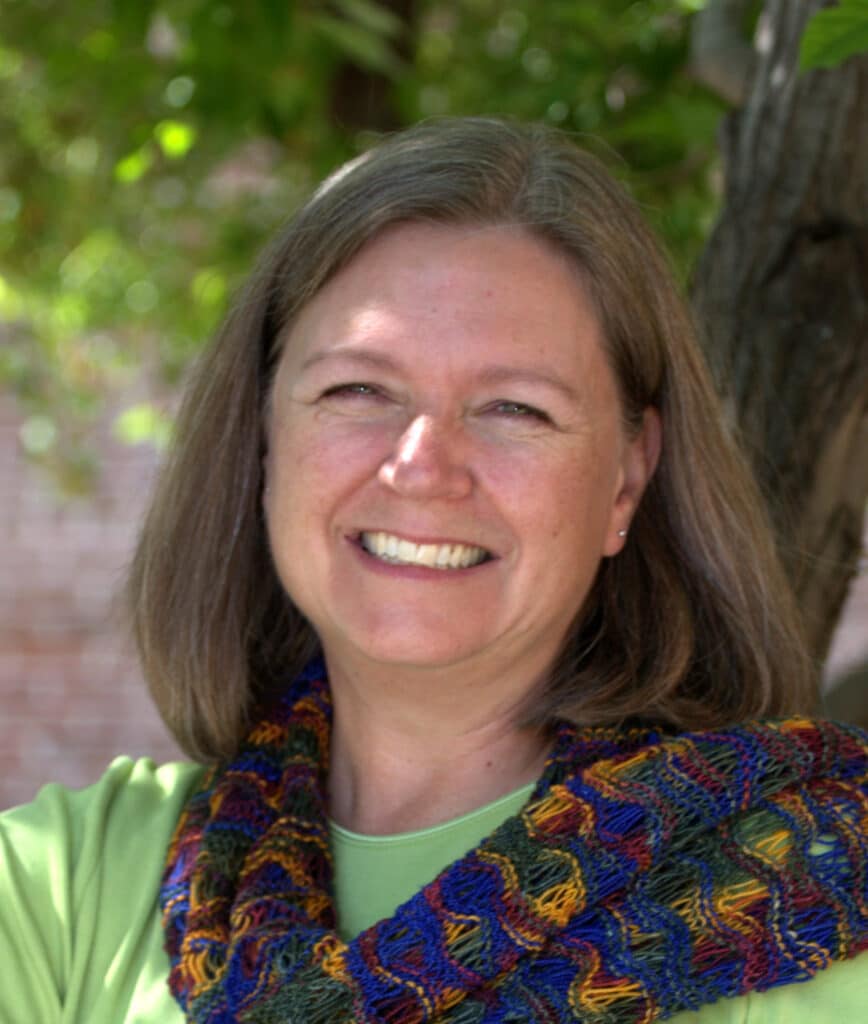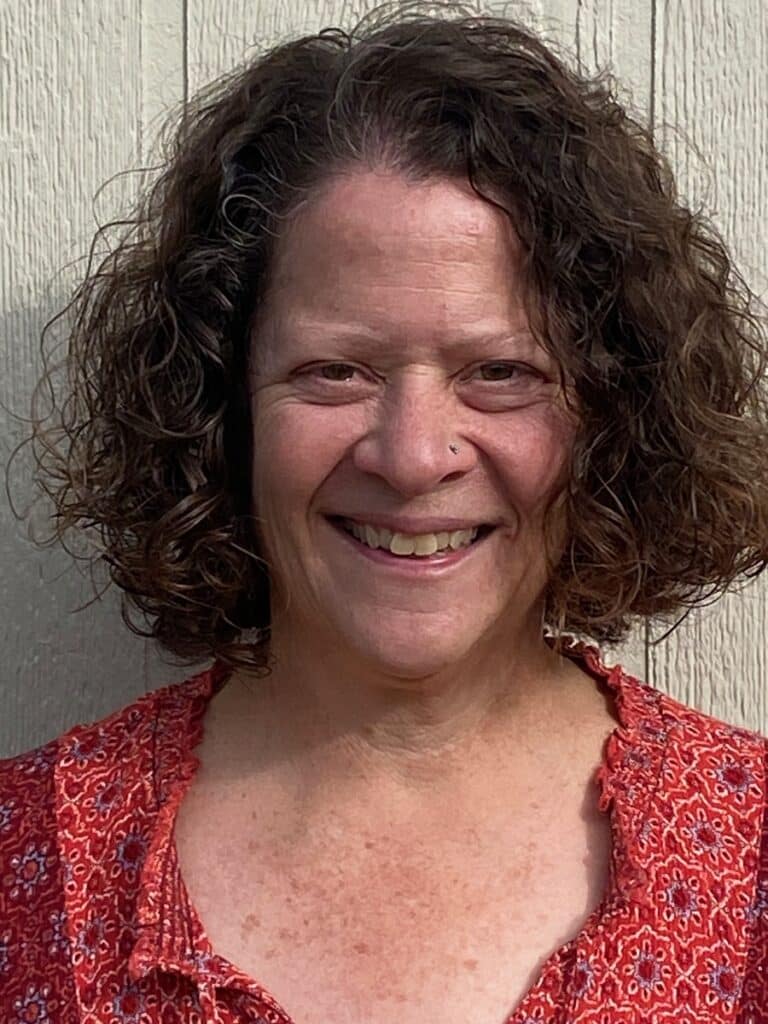Teachers, in all schools, find themselves as purveyors of the arts as they stand before their students.
They work to cultivate a learning environment that encourages each student’s ability to think synergistically and create — compositions, experiments, or variable solutions to problems — in STEM classes and in the humanities.
Erica Rosenfeld Halverson, Professor and Chair of the Department of Curriculum & Instruction at the University of Wisconsin-Madison, believes art should be integrated into core curriculum. Her new book argues in favor of forwarding the value of the artistic process of creating, cultivating, initiating, and unfolding over instructing, memorizing, and reciting.
In her new book, “How the Arts Can Save Education: Transforming Teaching, Learning and Instruction,” Halverson argues that education should use the arts—and especially the process of how artists create their work—as a blueprint to re-make more effective learning.
She adds her voice to others who study how artistic teaching deepens a student’s knowledge of a given subject matter; strengthens recall; and inspires relevant, original, and innovative work. Waldorf educators also believe that it teaches students how to bring together internal intention with external influence, to engage deeply in process, and to produce a worthwhile result.
Read the article at KQED MindShift
Photo Credit: Washington Waldorf School
